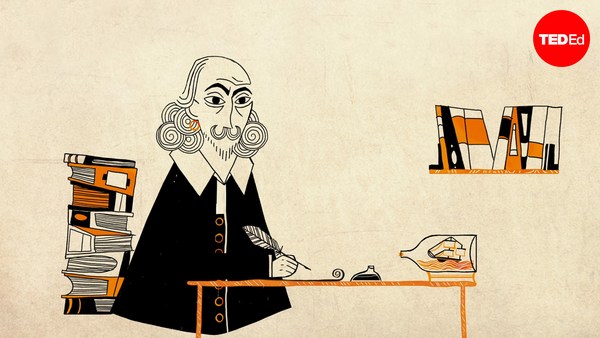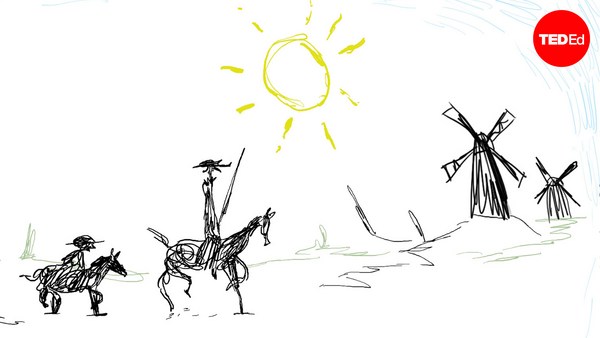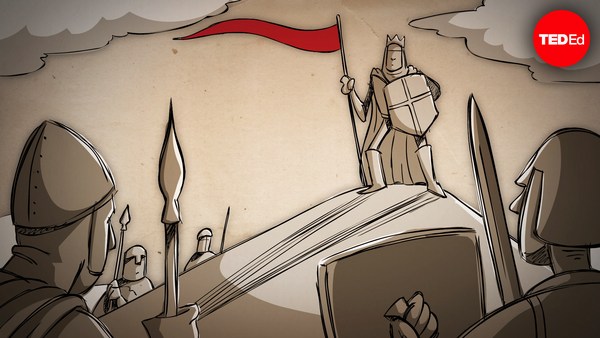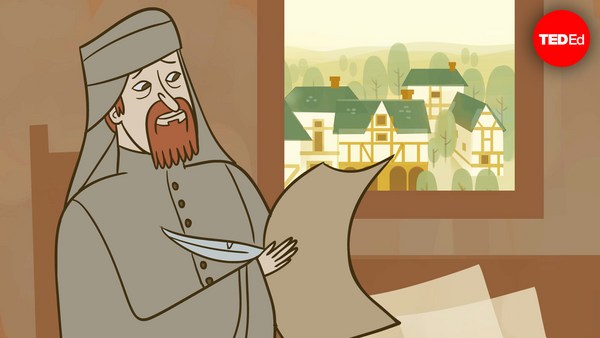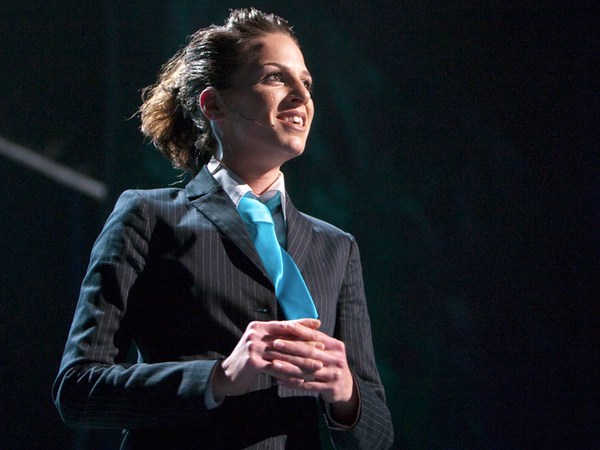A shabby man named Estragon, sits near a tree at dusk and struggles to remove his boot. He’s soon joined by his friend Vladimir, who reminds his anxious companion that they must wait here for someone called Godot. So begins a vexing cycle in which the two debate when Godot will come, why they’re waiting, and whether they’re even at the right tree.
From here, Waiting for Godot only gets stranger - but it’s considered a play that changed the face of modern drama. Written by Samuel Beckett between 1949 and 1955, it offers a simple but stirring question - what should the characters do?
Estragon: Don’t let's do anything. It's safer.
Vladimir: Let’s wait and see what he says.
Estragon: Who?
Vladimir: Godot.
Estragon: Good idea.
Such cryptic dialogue and circular reasoning are key features of the Theatre of the Absurd, a movement which emerged after the Second World War and found artists struggling to find meaning in devastation. The absurdists deconstructed plot, character and language to question their meaning and share their profound uncertainty on stage.
While this may sound grim, the absurd blends its hopelessness with humor. This is reflected in Beckett’s unique approach to genre in Waiting for Godot, which he branded “a tragicomedy in two acts." Tragically, the characters are locked in an existential conundrum: they wait in vain for an unknown figure to give them a sense of purpose, but their only sense of purpose comes from the act of waiting, While they wait, they sink into boredom, express religious dread and contemplate suicide.
But comically, there is a jagged humor to their predicament, which comes across in their language and movements. Their interactions are filled with bizarre wordplay, repetition and double entendres, as well as physical clowning, singing and dancing, and frantically swapping their hats. It’s often unclear whether the audience is supposed to laugh or cry - or whether Beckett saw any difference between the two.
Born in Dublin, Beckett studied English, French and Italian before moving to Paris, where he spent most of his life writing theatre, poetry and prose. While Beckett had a lifelong love of language, he also made space for silence by incorporating gaps, pauses and moments of emptiness into his work. This was a key feature of his trademark uneven tempo and black humor, which became popular throughout the Theatre of the Absurd. He also cultivated a mysterious persona, and refused to confirm or deny any speculations about the meaning of his work. This kept audiences guessing, increasing their fascination with his surreal worlds and enigmatic characters.
The lack of any clear meaning makes Godot endlessly open to interpretation. Critics have offered countless readings of the play, resulting in a cycle of ambiguity and speculation that mirrors the plot of the drama itself. It's been read as an allegory of the Cold War, the French Resistance, and Britain’s colonization of Ireland.
The dynamic of the two protagonists has also sparked intense debate. They’ve been read as survivors of the apocalypse, an aging couple, two impotent friends, and even as personifications of Freud’s ego and id. Famously, Beckett said the only thing he could be sure of was that Vladimir and Estragon were "wearing bowler hats." Like the critical speculation and maddening plot, their language often goes in circles as the two bicker and banter, lose their train of thought, and pick up right where they left off:
Vladimir: We could start all over again perhaps
Estragon: That should be easy
Vladimir: It’s the start that’s difficult
Estragon: You can start from anything
Vladimir: Yes, but you have to decide.
Beckett reminds us that just like our daily lives, the world onstage doesn’t always make sense. It can explore both reality and illusion, the familiar and the strange. And although a tidy narrative still appeals, the best theatre keeps us thinking – and waiting.
